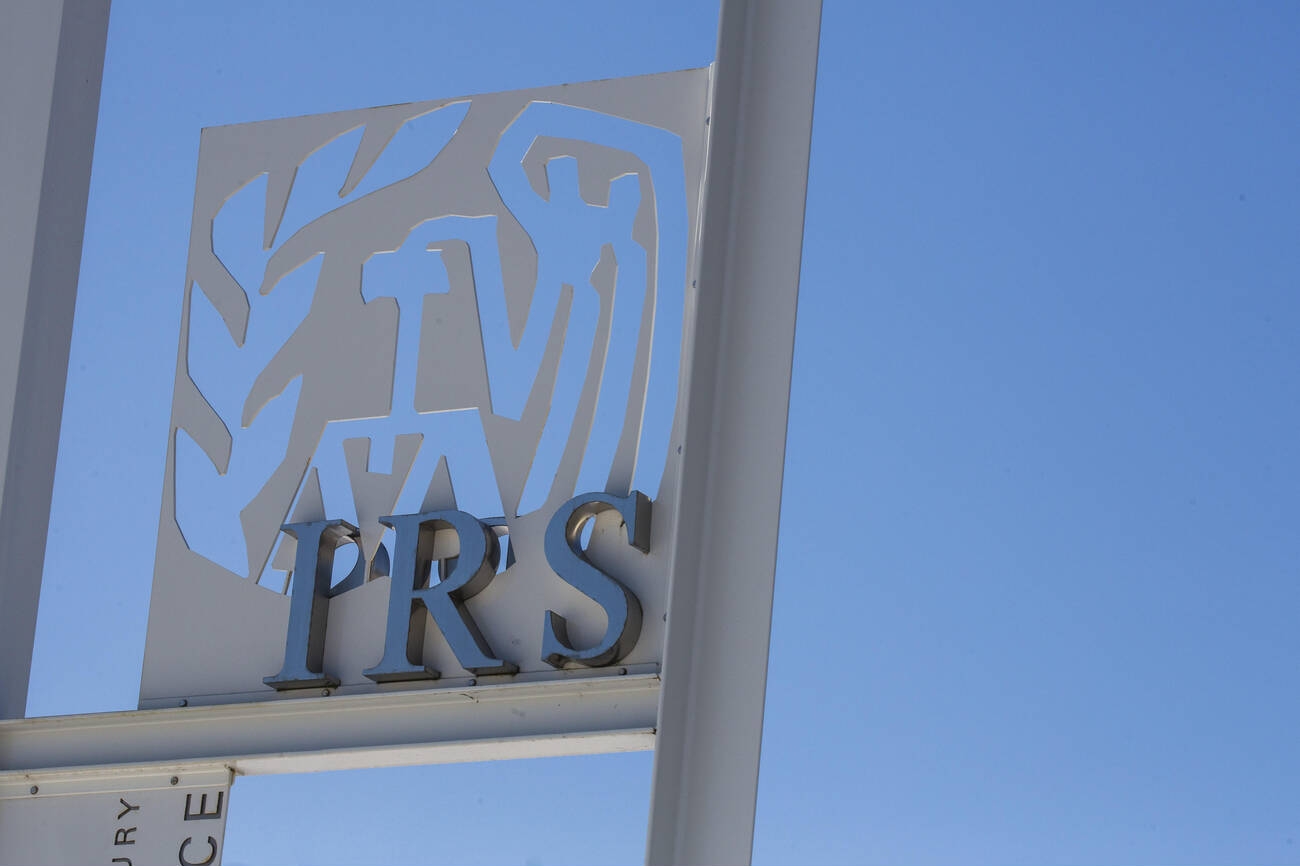By Chris Zangrilli
In today’s stagnating economy, businesses want to learn how to do more with what they already have. Technology will play a key role in driving value for businesses in the face of new and current challenges. Expect to see a bigger push for digital automation. This is not a new phenomenon — but rather one that will be recognized for the true advantage it brings.
Identify business goals
To begin implementing automation for your business, you first need to understand the processes that are already in place and what you’re trying to accomplish with them. Are you trying to increase productivity? Reduce operating costs? Make sure your goals are clear before jumping into any new tech. In a lot of cases, the organization might benefit from Business Process Reengineering (BPR). BPR is an overhaul of business processes to cut down on costs and increase efficiency. In other words, it takes you from where you are now to where you want to be. Clearly define what decisions are most important and which ones you need help with before jumping into major changes.
Once current challenges within an organization are understood, see where automation can be applied to make processes easier. This can be applied to any division of the organization — which will be most useful for those that quantify large amounts of data. A great example of divisions trending toward automation is tax departments and government agencies.
Digital journeys for tax teams
While many of the processes that tax teams deal with are good candidates for BPR, in some cases tax administration requirements are driving automation and more digital requirements. Tax administrations are increasingly adopting Continuous Transaction Controls (CTC’s), which are real-time or near real-time monitoring and reporting mechanisms that the tax authorities use to track and validate business transactions, primarily related to electronic invoicing (e-invoicing). CTCs enhance compliance, reduce fraud, and stream tax collection for business-to-government (B2G) and business-to-business (B2B) transactions.
Several countries across Europe are making e-invoicing a requirement. In 2024, France is introducing mandatory e-invoicing for B2B transactions. This relies on a system to standardize the format of the e-invoice, transmit it to the tax authority in real-time or near real-time, receive a validation/authorization from the tax authority, exchange the transaction between the buyer and seller, and retain a copy for audit and electronic reporting. From there, tax teams will still need to submit periodic electronic reporting to the tax authorities to stay compliant. Italy has already seen success with the implementation of a similar system, and Poland and Greece have announced plans to follow suit.
In addition, tax administrations have different requirements for business-to-consumer (B2C) invoicing across countries for the invoices that are sent to consumers. This is especially pertinent for businesses that are expanding across multiple countries. Each country has specific requirements for invoicing, including language, currency, format, tax calculations, format and signatures. By digitizing the invoice process, compliance with these requirements is made easier.
The e-invoicing and e-reporting requirements reveal the value of automation. Applying automation in these areas is used to help the tax teams deal with the complexity of the requirements from tax administrations globally. Automation is also necessary for the volume of business transactions as well as the accuracy and integrity of the transactions.
The added ease of electronic tax processes is not the only reason businesses and individuals are making the shift. Recent data from the U.S. Bureau of Labor Statistics shows that there is an accountant shortage that is only expected to grow. Think of automation as a tool that leaves your tax team with more time to focus on additional support in other areas, such as supporting audits and expanding your business.
Slow and steady wins the race
Automation isn’t a one-size-fits-all, or a “big bang” that will solve all problems — rather, it’s a calculated journey. Software as a service, or SaaS, has allowed for incremental adoption of automation to keep up with the changing business environment and to receive more value. Don’t fall victim to an “I need it all” mindset. In reality, implementing a digital transformation or new automated process is best done in steps and over time.
As businesses phase in more automated processes, make sure there is a partnership and open communication between the IT team and the rest of the organization. Traditionally, the IT and tax departments aren’t thought of as intertwined. However, the introduction of new technology and automation tools aligns them as both counterparts work towards a common goal. To ensure a smooth transition, ensure that both understand the needs of one another for the best collaboration.
=======
Chris Zangrilli is Vice President of Technology Strategy at Vertex Inc. In this role, he leads the technology strategy and innovation efforts, applying emerging technologies to understand the art of the possible to drive growth. He has held several technology leadership roles responsible for the architecture and development of SaaS solutions. He brings 30 years of technology and strategic expertise driving value to customers through tax technology solutions.
Thanks for reading CPA Practice Advisor!
Subscribe Already registered? Log In
Need more information? Read the FAQs
Tags: Firm Management, Income Tax, Taxes




